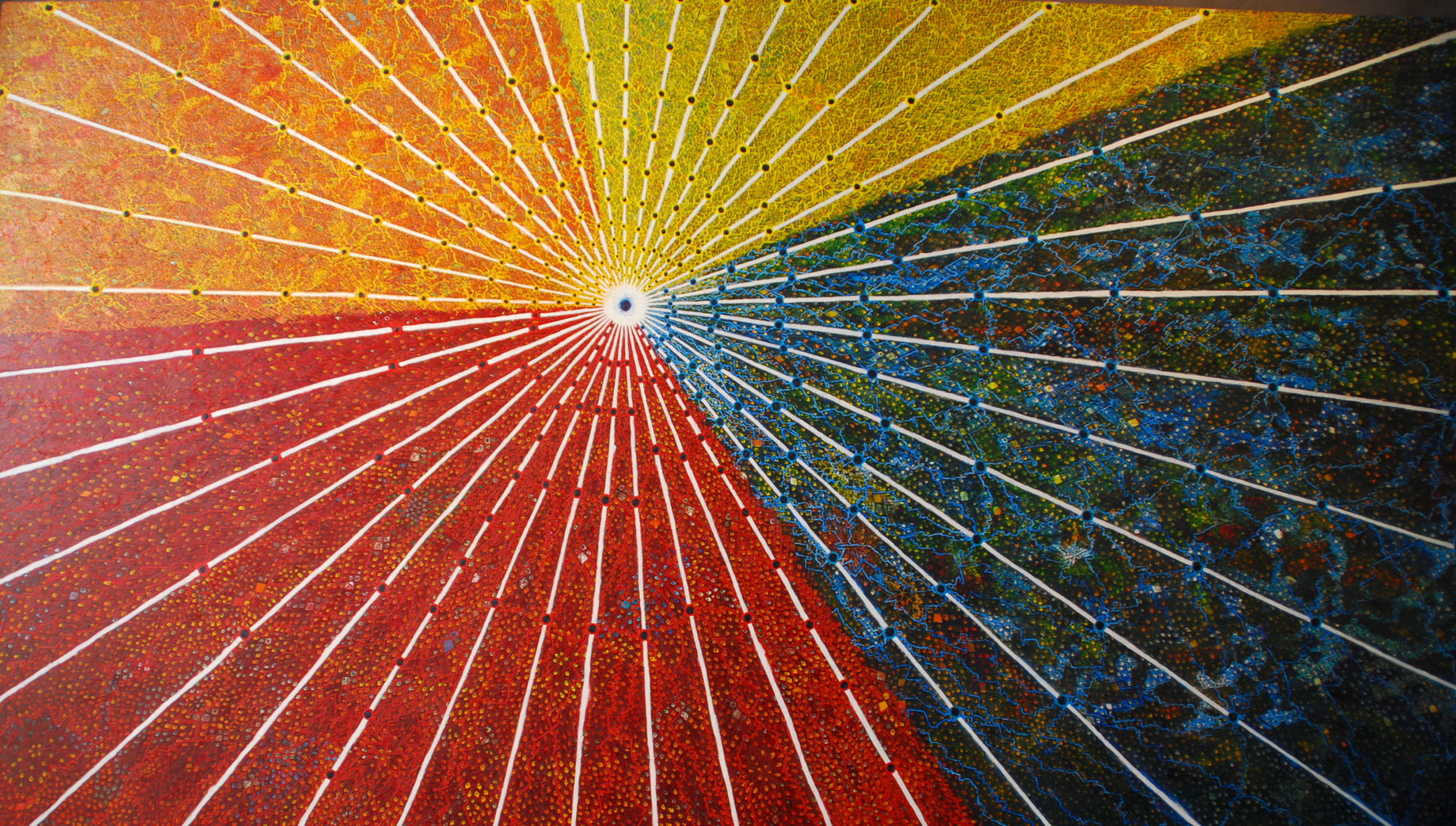Everyone else was on their way to dinner. The boats had come in for the day. Today’s catch was about to land on someone’s dinner plate. The beach had cleared out. But we, well we, were headed toward it, wet suits on, fins in hand. The sun was setting as we climbed aboard our boat and headed out to sea.
When we first learned to dive in the Perhentian Islands last August, I was nervous, not at all certain that I was going to like being meters under the sea, my only oxygen supply attached to my back. But I took to it quickly, finding the experience to be one of tranquility and amazement. I tried to remember that feeling as we skipped over the waves and toward our diving destination. I couldn’t quite convince myself, however, that this experience would be the same. We were going diving in the dark for goodness sakes. And that just seemed insane.
When the motor was killed, my sense of dread grew a bit. This was it. I leaned over the boat to rinse my googles and was greeted by pitch black seas. Usually, when we dive, I can see straight down to where we’re going to be, the clear water providing a preview of the dive. Not this time. Anything could be under the surface. I tried to stifle my overactive imagination, at least remind myself that dangerous sharks don’t populate these waters. I checked my flashlight. It cast a bright beam out over the water. I reminded Jeff that once we were in the water he needed to stay within my reach at all times. I reminded him again. And again.
And then I put on my BCD, tightened the straps, put the regulator in my mouth, perched on the edge of the boat, and backrolled into the dark, dark water. I was in. This was it. We were going night diving. In an instant, Jeff was in along with the other divers. I shined my flashlight toward the bottom and watched as a swath of sea was illuminated. Next thing I knew I was sinking down through the water, following my beam of light toward the bottom. If I turned my head to the side, I saw nothing. The ocean was black as sin. Only where I shined my light or others shined theirs, could I see anything. I was prepared to be completely freaked out. But somehow I wasn’t. My heart was certainly beating faster than on a regular dive. I could literally feel the adrenalin pumping through my veins. But more than frightening, this night dive was exciting.
The sights weren’t bad either. Before we’ve even gotten to our bottom depth, I’m trying to get Jeff’s attention. I’ve spotted an octopus. A giant lobster has come out to feed. A puffer fish floats right into us, blowing up into a giant balloon immediately upon contact, then floating back and forth like a helium balloon that’s been punctured. A squid flashes past us, hardly more than a flash of light in the dark. The best part, however, is when we find a sandy patch where we all sink to our knees. Then we turn out our lights. It’s dark. Completely, utterly, totally dark. But then our instructor begins to splash his hands. Tiny lights fill the water. We join in, each of us splashing the water in front of us. The ocean fills with bioluminescence. It’s amazing. Wondrous. A bit like being in a dark field lit only by lightening bugs. Even at night, the ocean proves to be tranquil.
When our tanks run low, we reluctantly rise to the surface. As soon as our regulators are out of our mouths, we’re talking a hundred miles a minute about how great the dive was. Trepidation has been completely replaced with awe.
I float for a moment in the dark ocean and stare up at the stars and back toward the town. Sometime while we were underwater, 7:03 pm on March 10, had come and gone. I had turned 29 while on my first ever night dive. The last year of my 20s had begun with a bang. I make a silent wish that every year will bring such adventure, that no matter how old I get I won’t quit trying new things, that life will always be filled with wonder.
—-
While in Colombia, we did our Advanced Diver Certification with Aquantis Dive School. The course consisted of two mandatory dives—a navigation dive and a deep (30 meters) dive—as well as three dives of our choice—a night dive, a peak performance buoyancy dive, and a photography dive. The photos below were taken on the deep dive and the photography dive. It was our first time using the underwater casing for our Canon point & shoot. The camera and case worked splendidly. We, as underwater photographers, could use some more practice. Trying to keep steady is tricky. Other factors that influenced the photography include the fact that at 30 m colors begin to disappear. Red is, in fact, completely absent. As part of the dive, we were shown a roma tomato and asked to identify it. None of us could because it was gray! Additionally, and unfortunately, on the photography dive, we faced a somewhat strong current, which made it hard to stay in one place long enough to get a good photo. I should also say that the diving in Colombia, while good, pales in comparison to that in SE Asia. But all in all, we had a fabulous time and are glad we did the course and got to dive Colombia’s Caribbean coast.












The egg trick is cool!